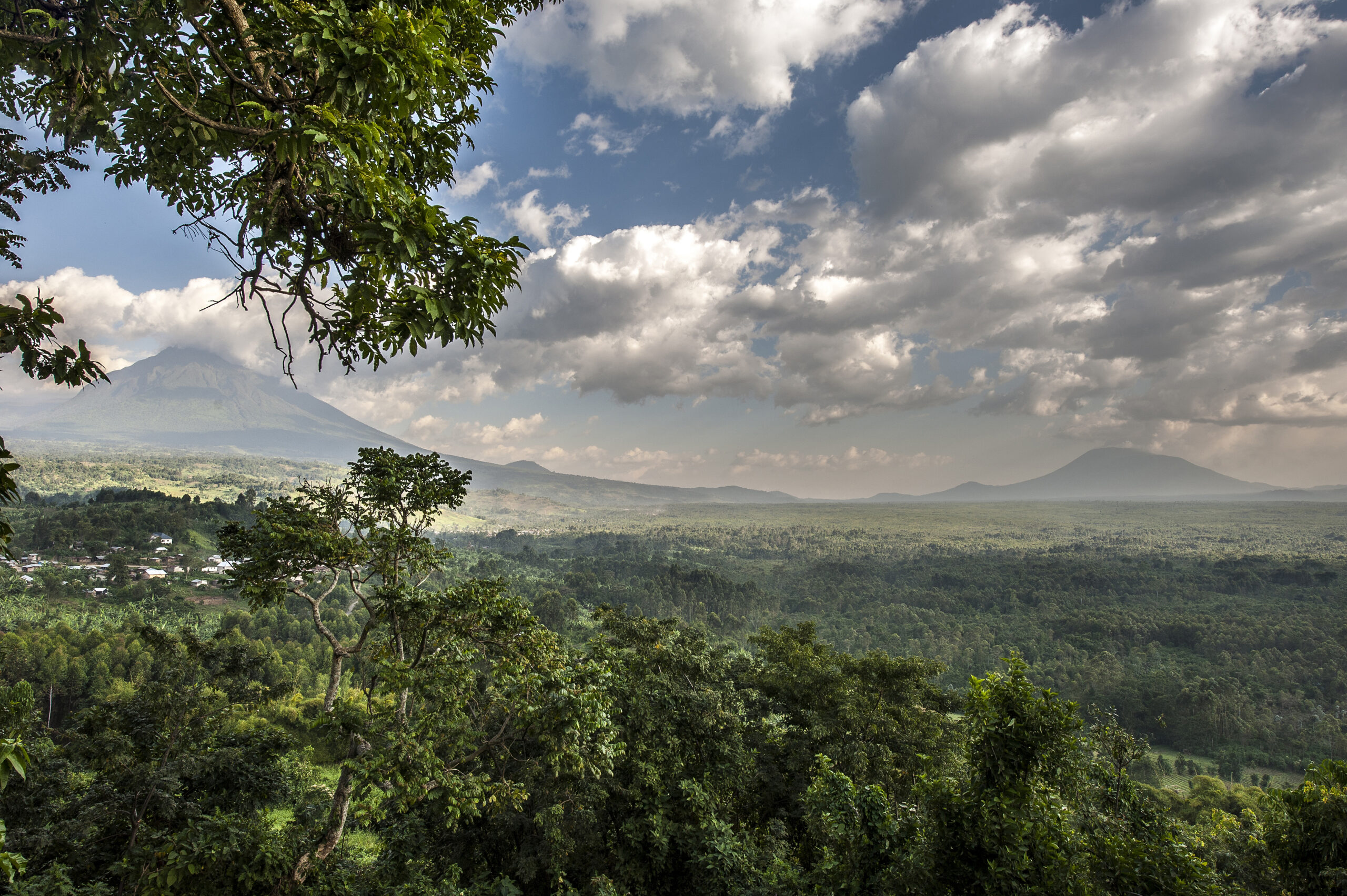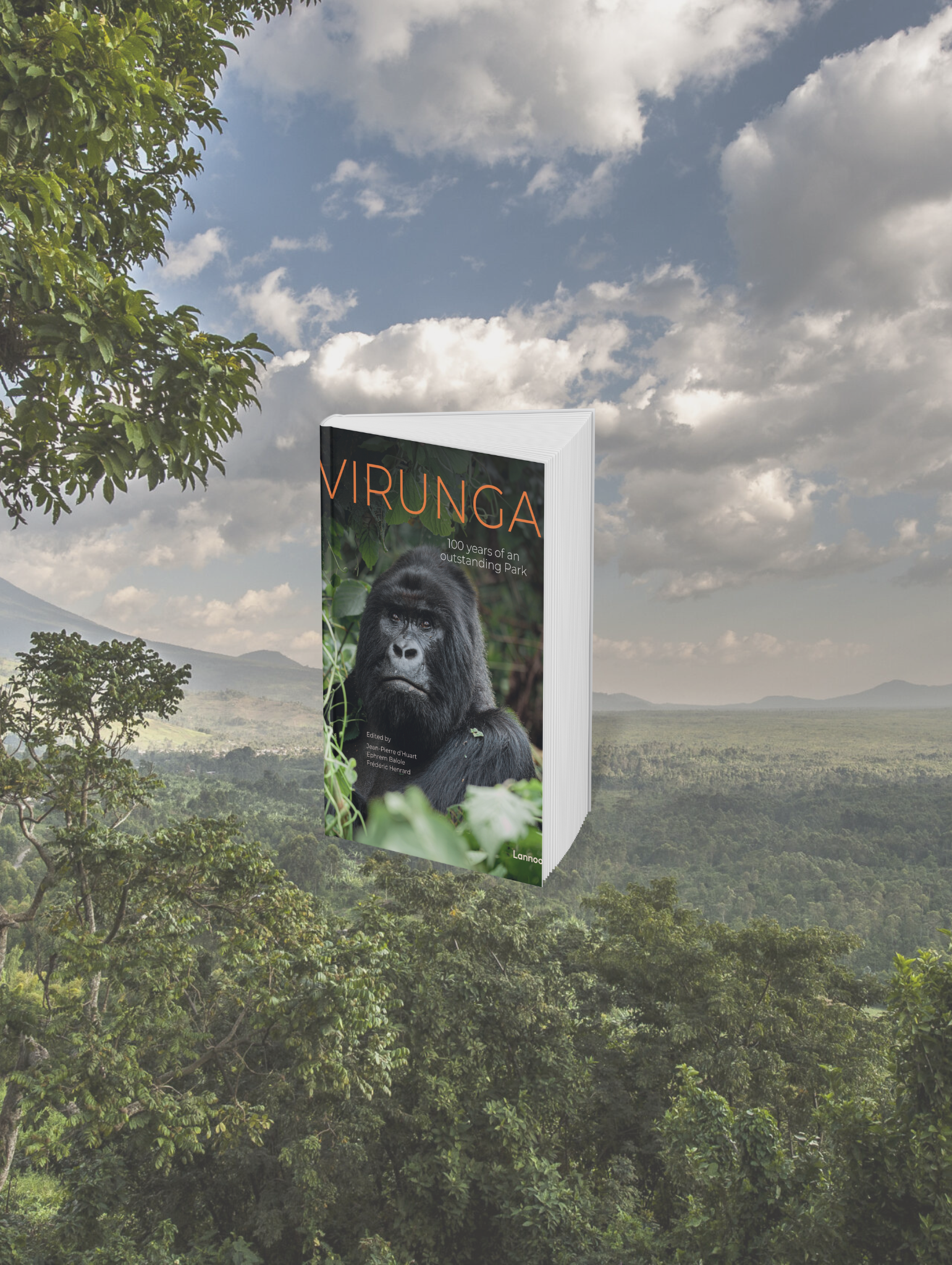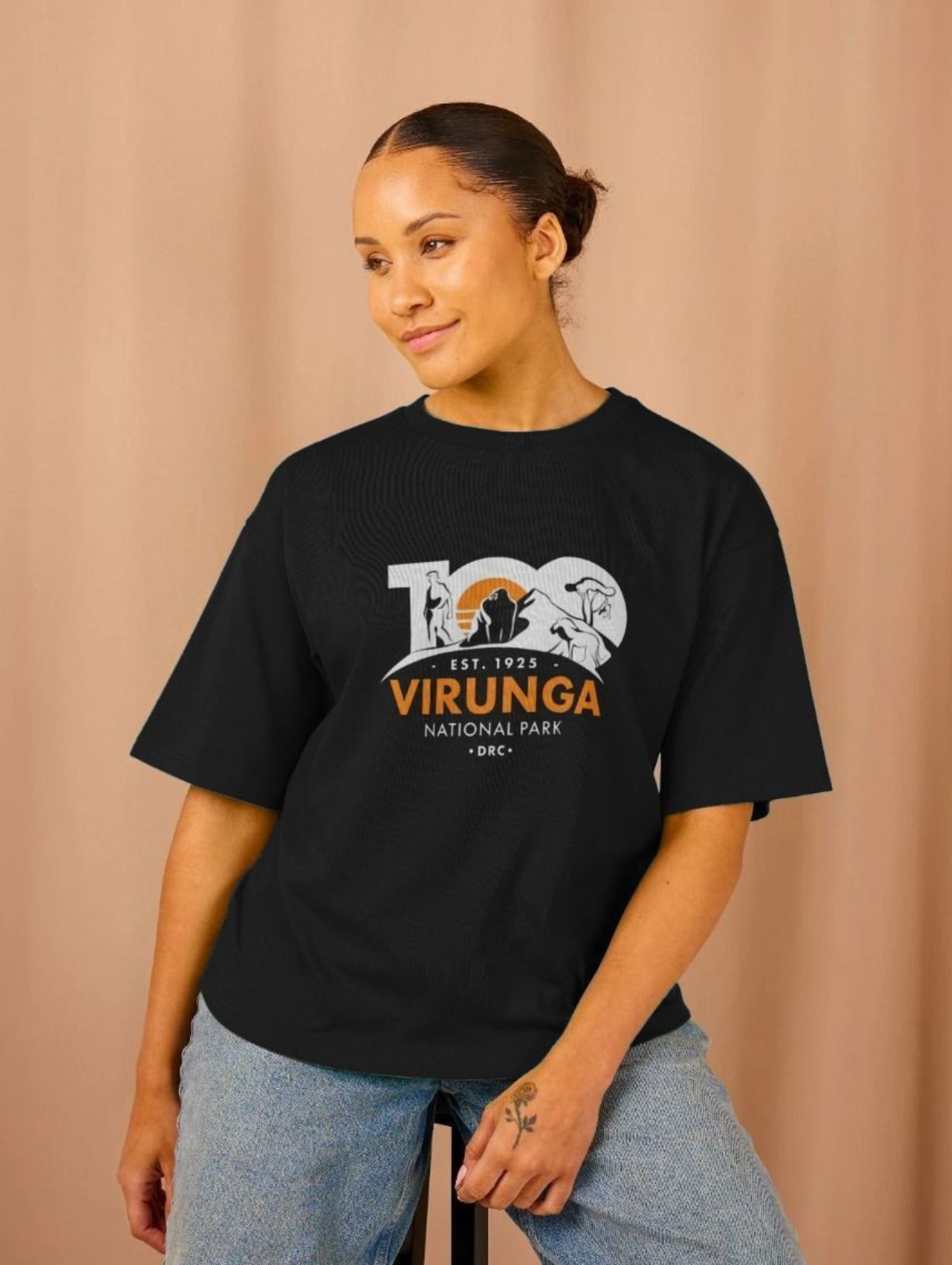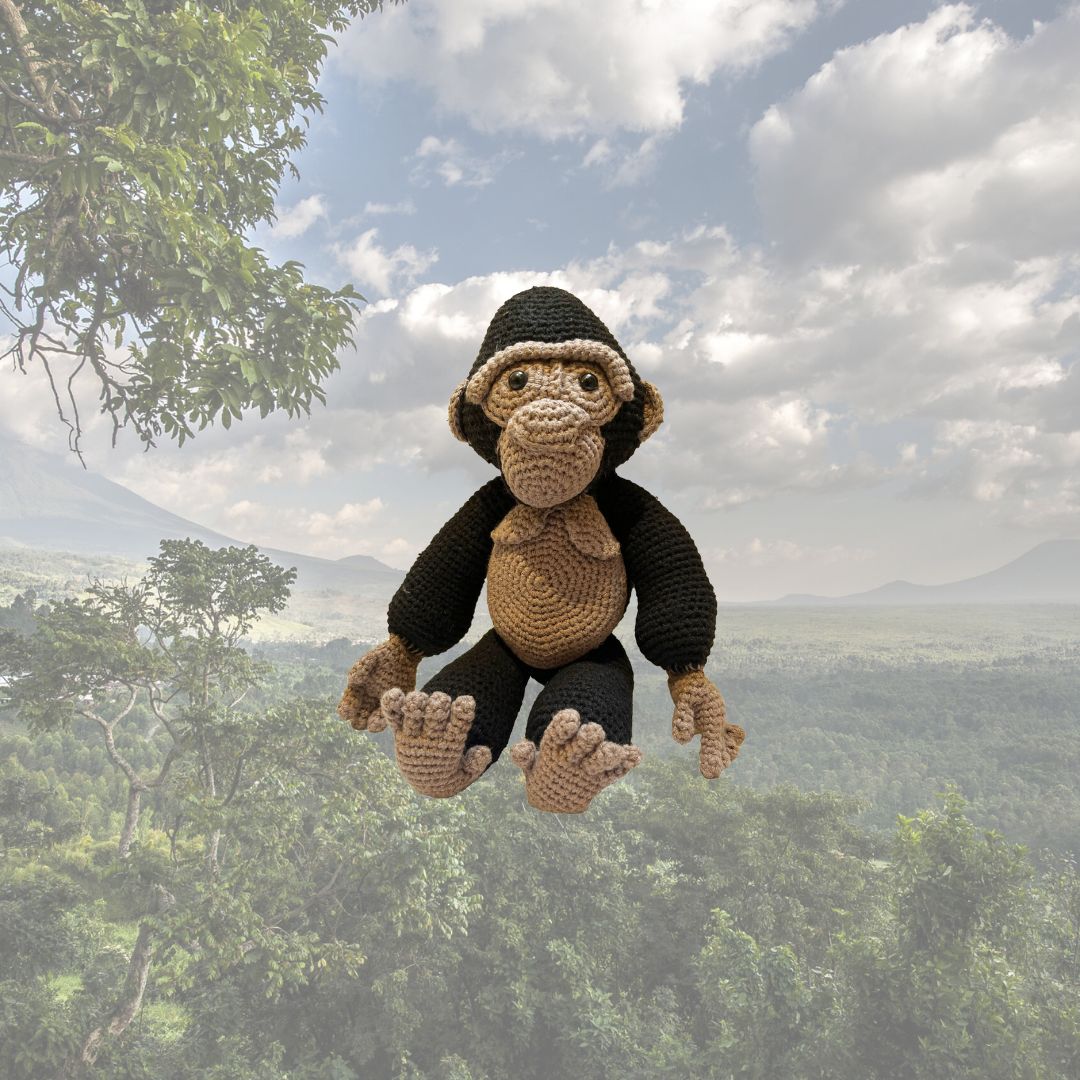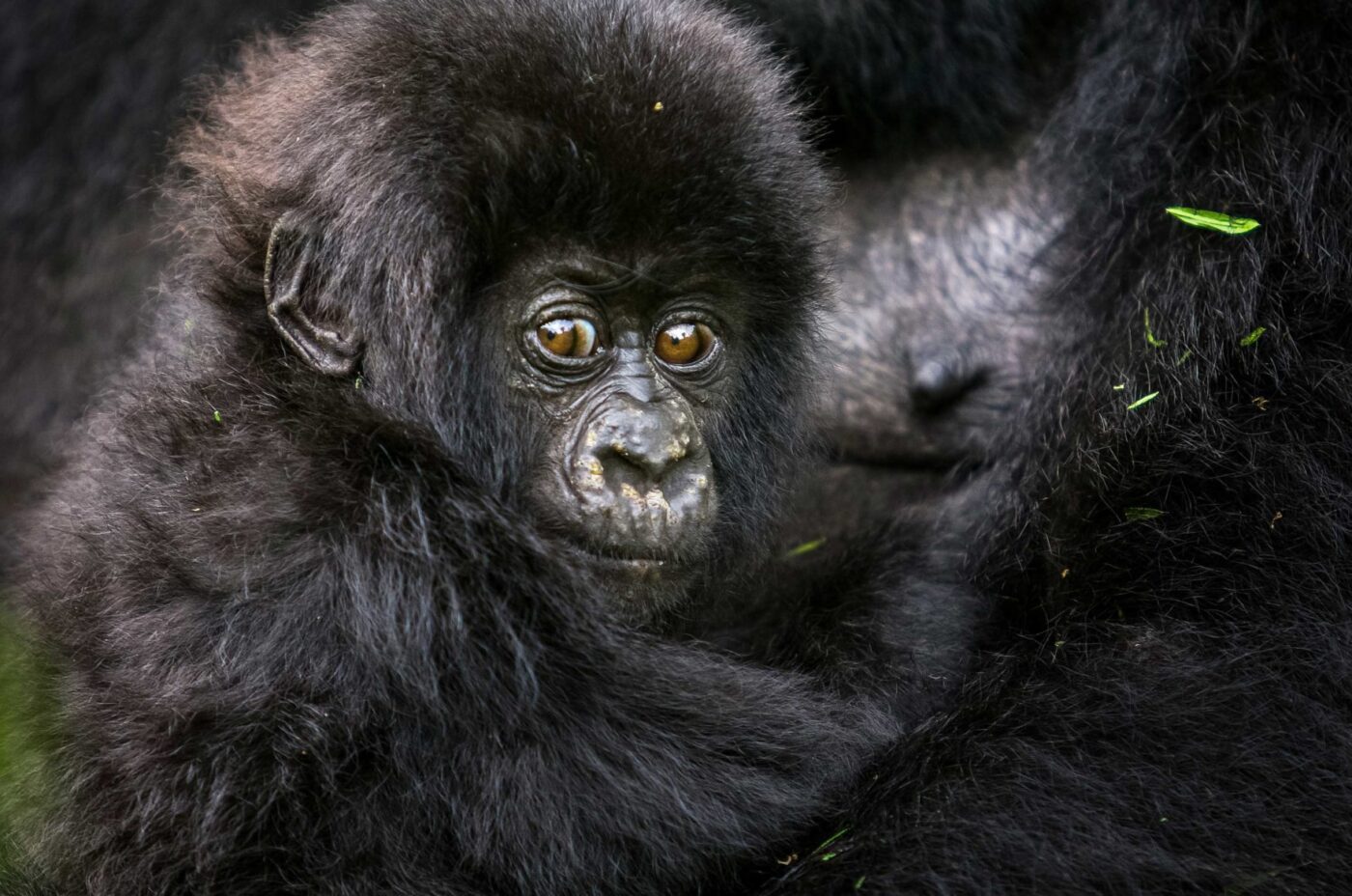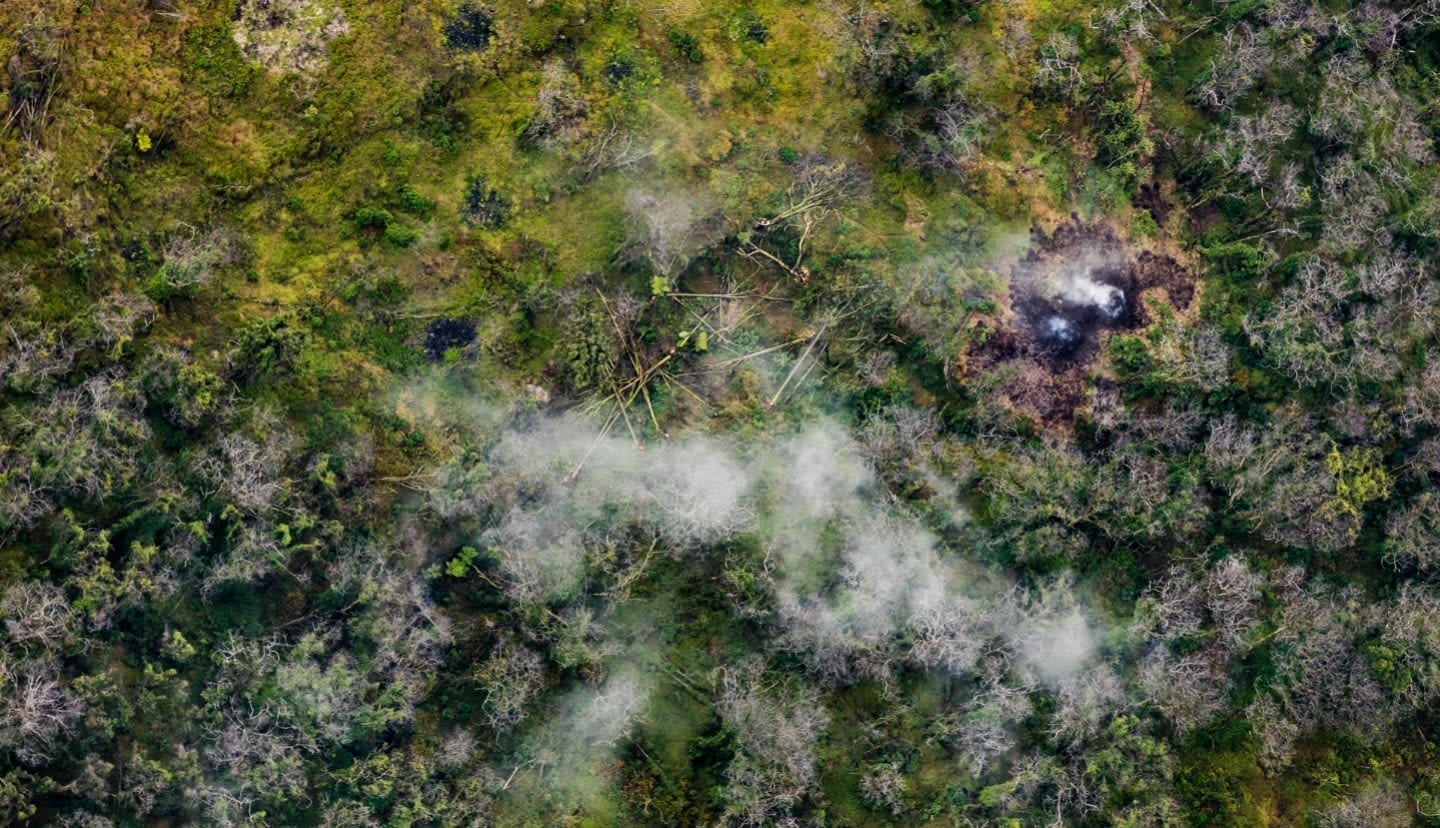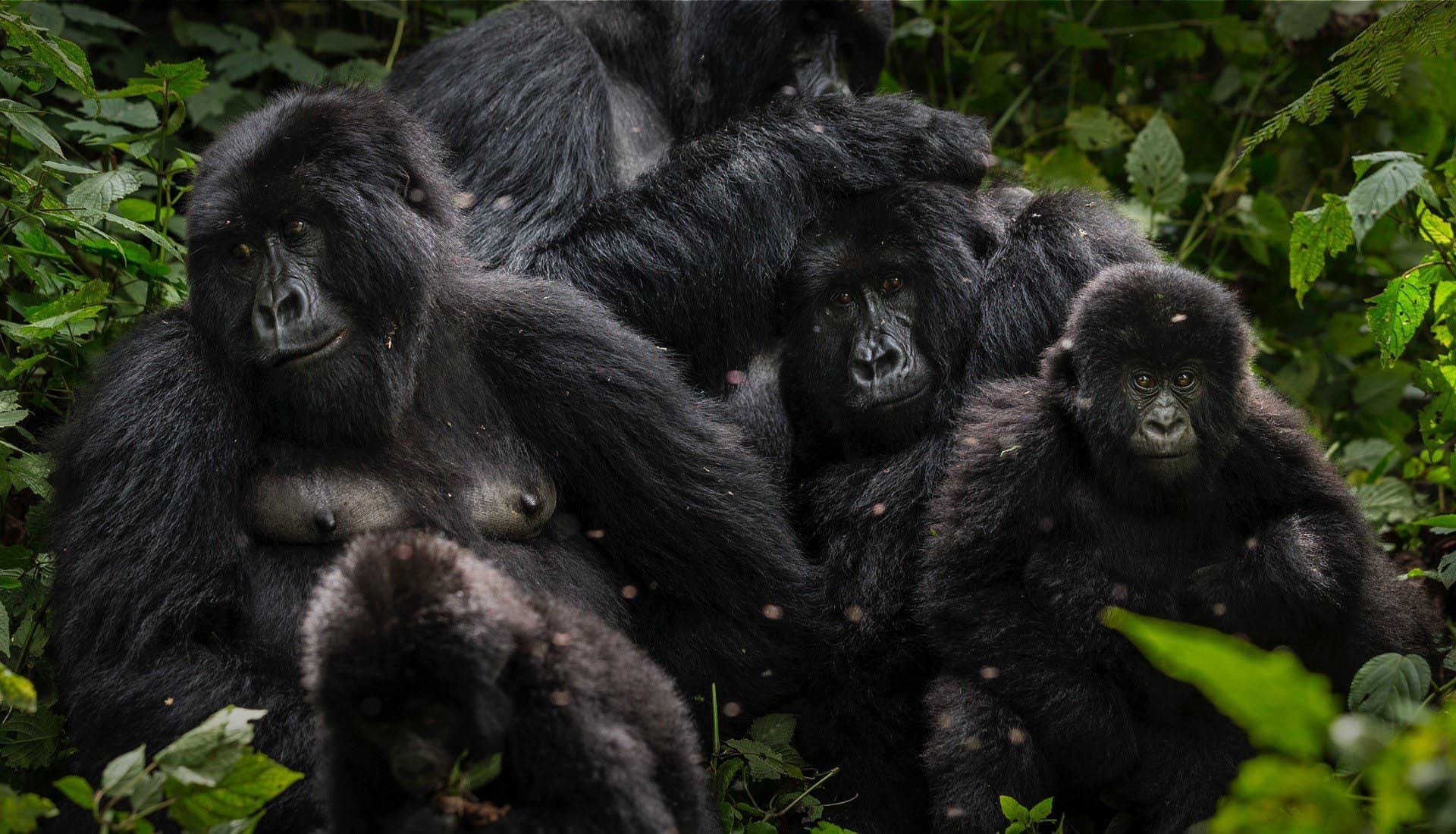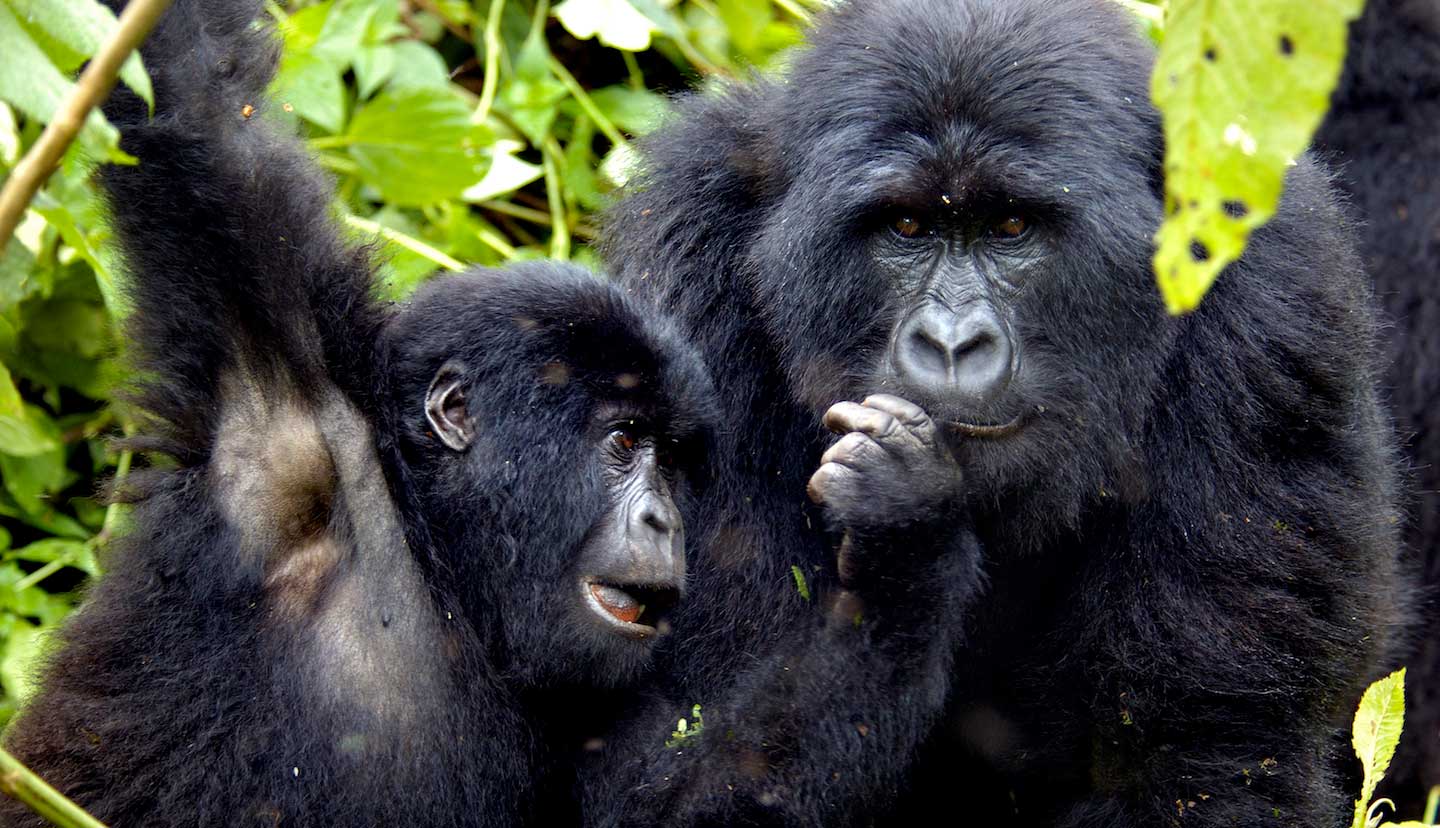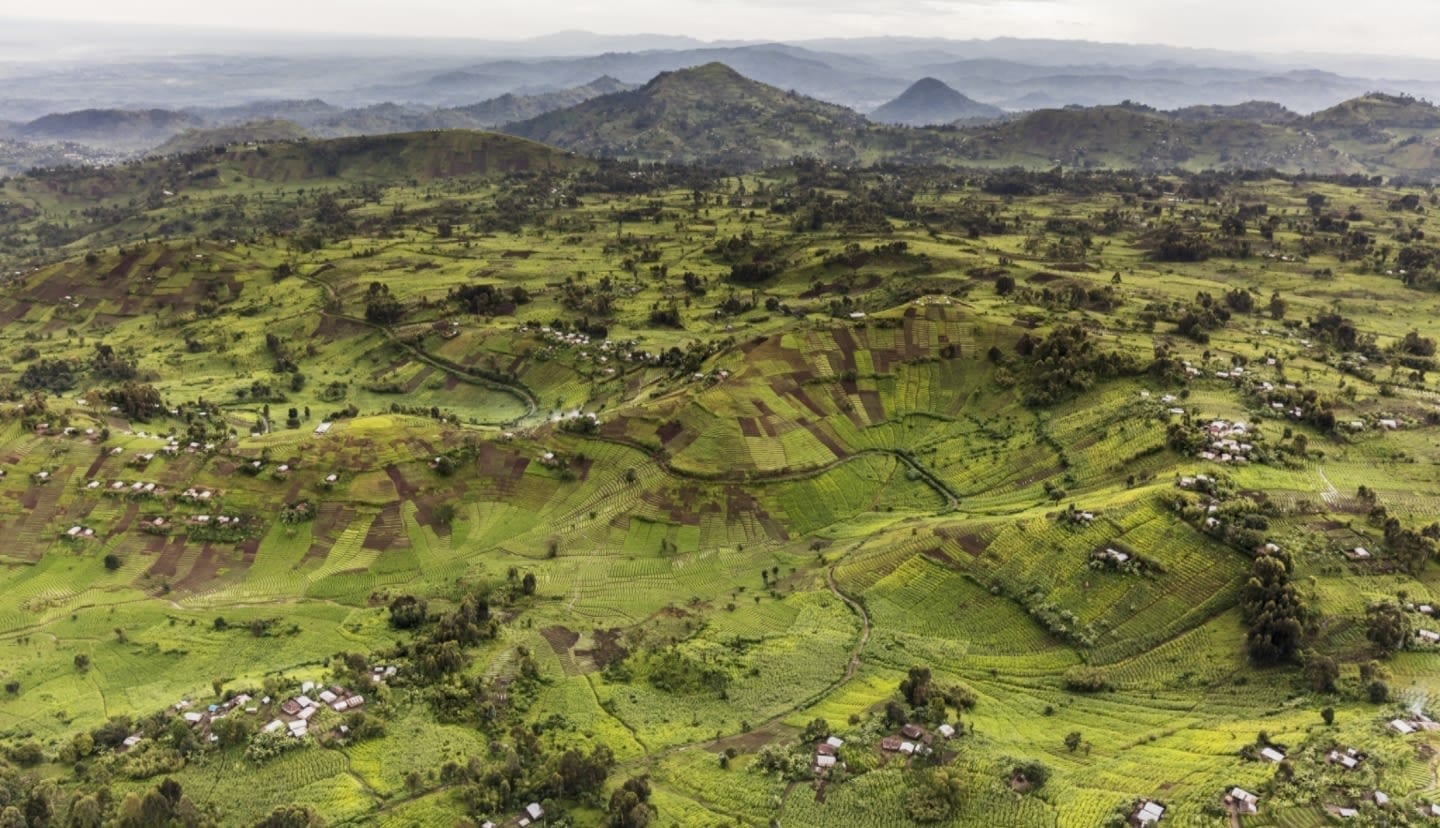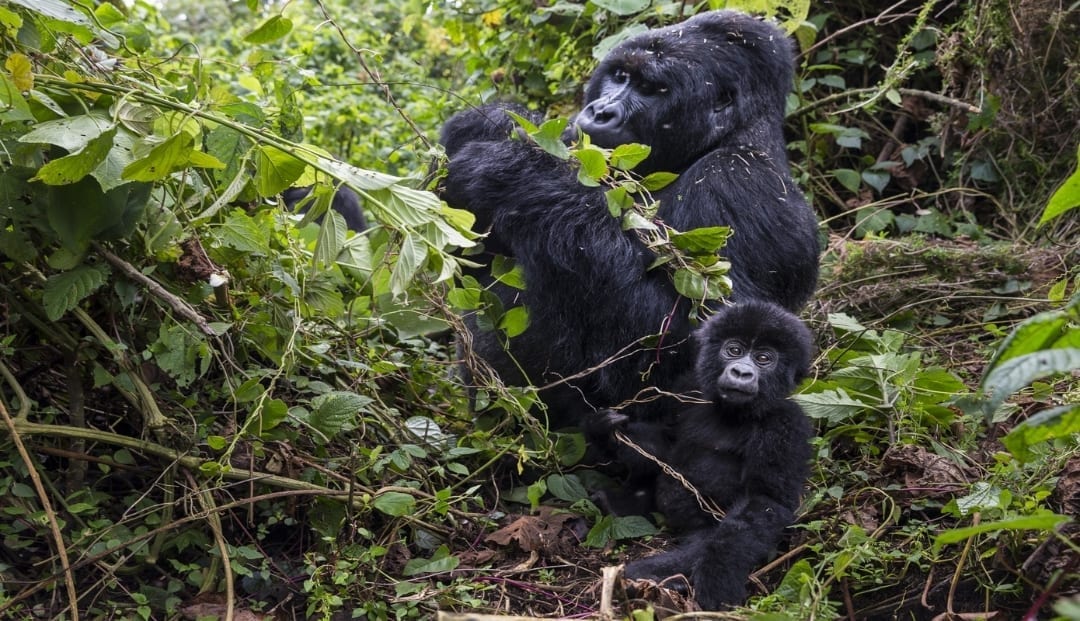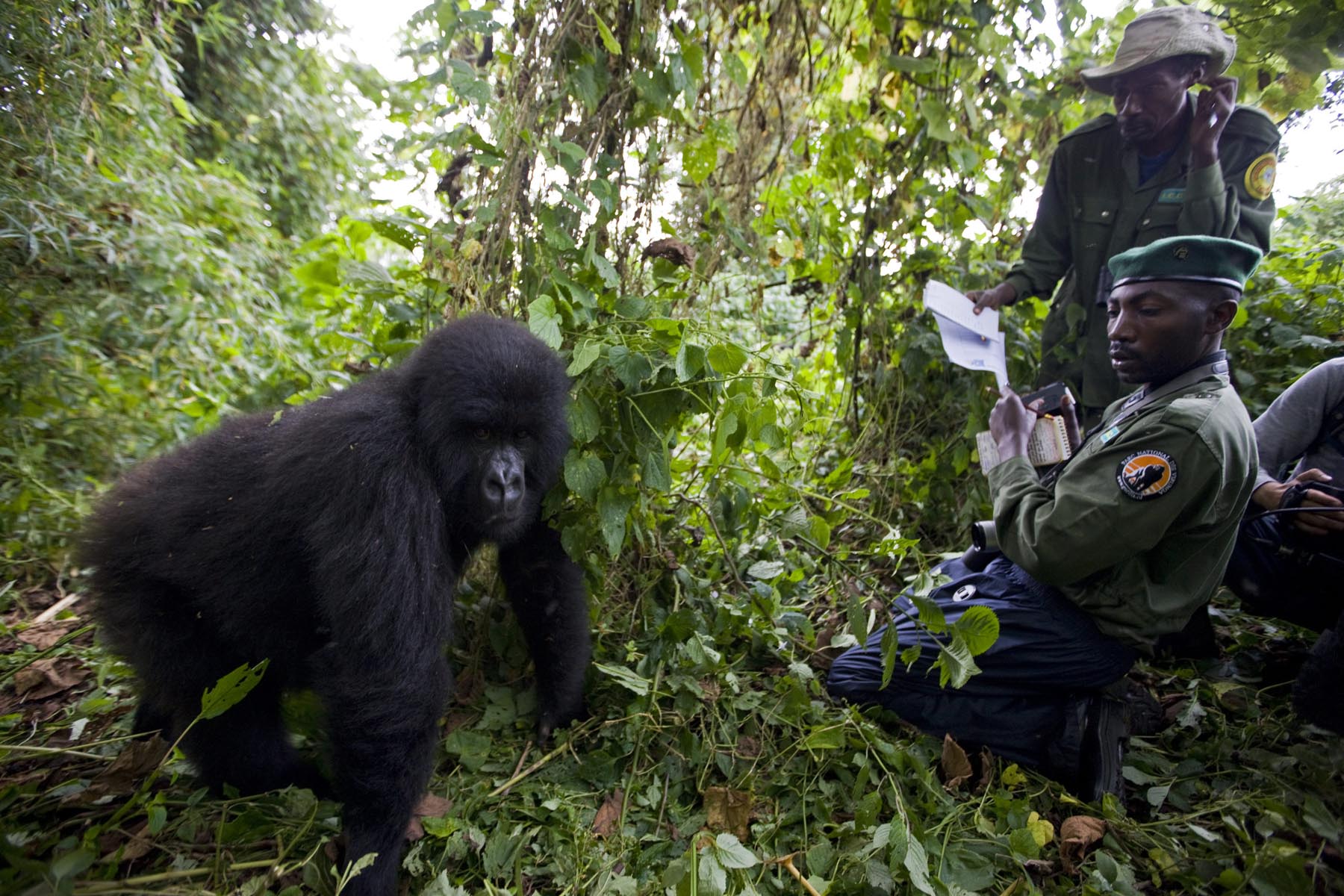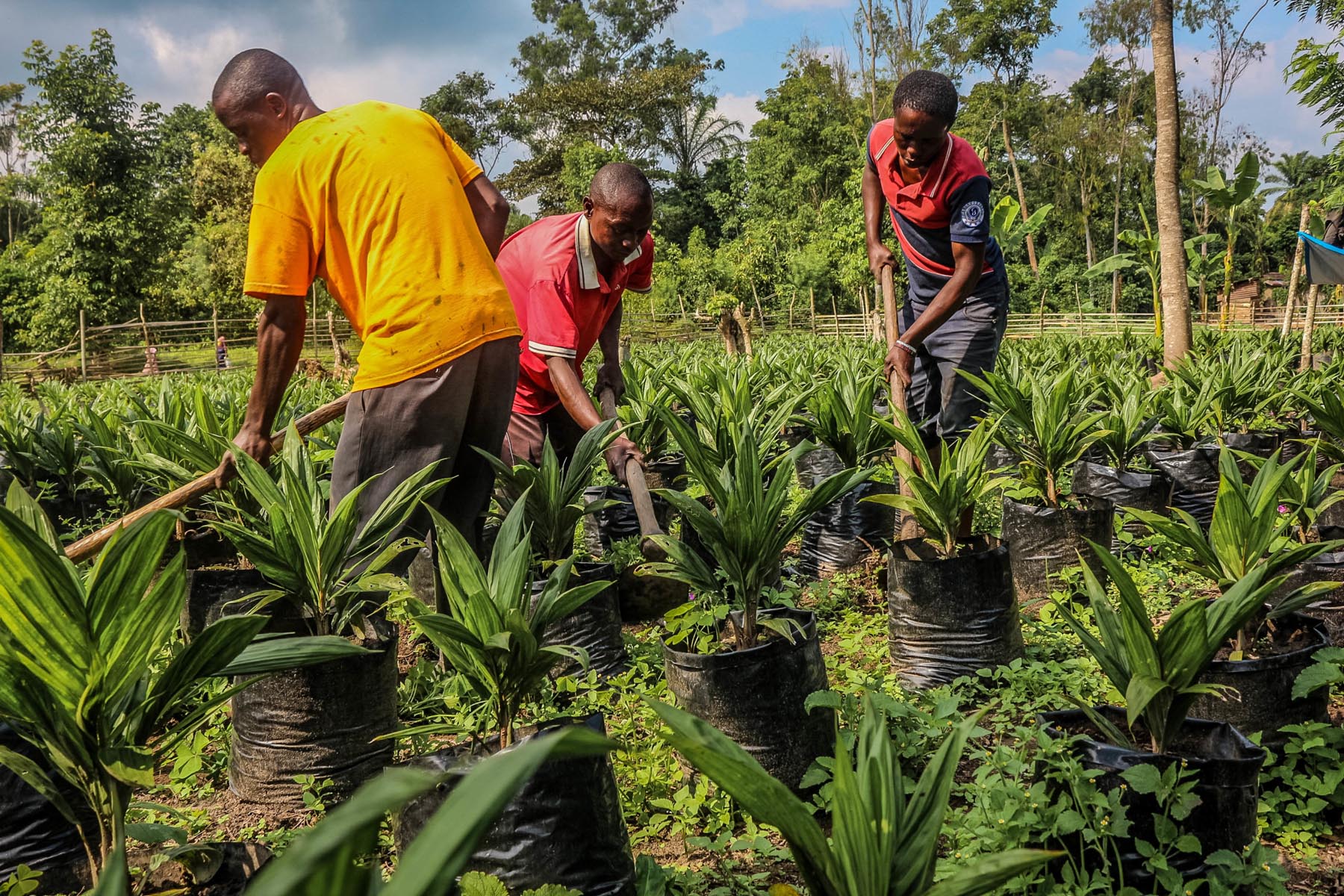At a time when the world’s biodiversity is suffering widespread decline, especially in the tropics, the protection of mountain gorillas and increase in their population represent a rare success story. This accomplishment arises from intense collaboration between state actors, civil society, and the private sector in the three countries where the primate is native: The Democratic Republic of Congo (DRC), Uganda, and Rwanda. At the heart of conservation efforts is the tireless work of more than a thousand park Rangers, who for 40 years have enabled close daily monitoring of the species, even in the midst of the region’s most violent events.
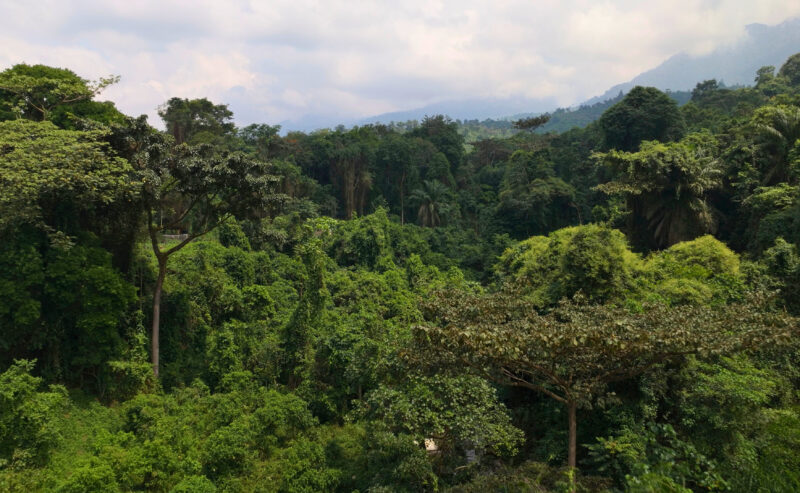
Contribute to the Century Ahead >
